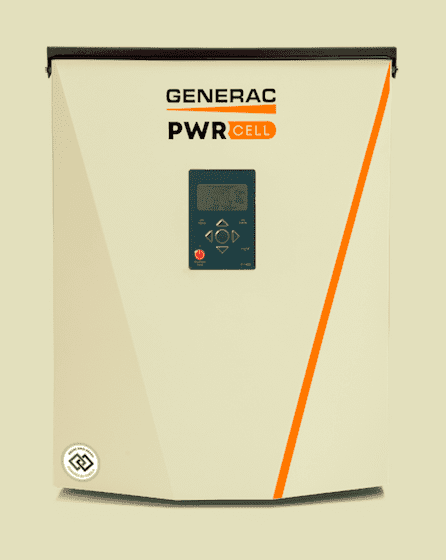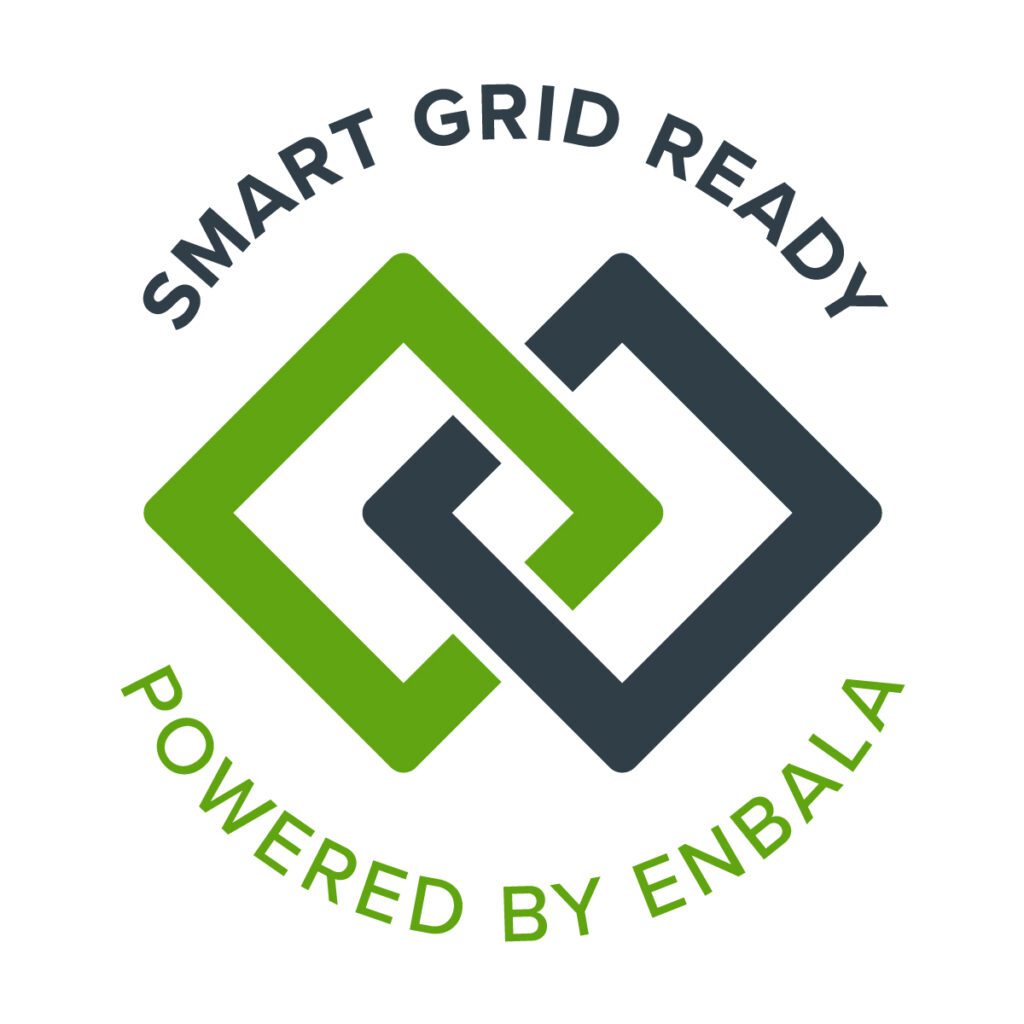'Smart Grid Ready' Generator Changes Game for Backup Power
Residential applications for smart grid technologies continue to grow as electricity customers take more control of their energy usage and costs. Homeowners with rooftop solar have been selling power back to the grid for years, and more opportunities for power customers are coming as electric vehicle owners tap into the market via energy storage.
Homeowners and others who purchase generators, long a source of backup power during and after storms and other events, also have those opportunities, thanks to systems touted as “smart grid ready” that can be used as distributed energy resources (DERs) to help create virtual power plants (VPPs). Residential systems also are increasingly being used in demand response programs.
It’s against that backdrop that Generac Power Systems on Aug. 25 announced that its new line of home standby generators, along with commercial and industrial generators, and PWRcell solar-plus-battery storage systems are being manufactured and offered as smart grid ready. It’s part of the continuing evolution of an energy landscape increasingly turning to DERs to help balance power loads and stabilize the grid.

“Through this integration, Generac customers—residential, commercial, industrial and solar—are now capable of making major contributions to grid reliability, resiliency and sustainability,” said Aaron Jagdfeld, president and CEO of Generac. “Climate change and an aging electrical gird are making power outages and power shortages more frequent and longer lasting. With Smart Grid Ready, consumers can play a key role in being part of the solution.”
Return on Investment
Jagdfeld said customers will now “have the opportunity to obtain additional return on investment by leveraging their Generac units to contribute energy to the grid, support grid stability and receive payment for their excess power.” He said current PWRcell and home standby generator customers will be able to access Enbala’s Concerto platform through a firmware update, which will provide existing users with all the same DER capabilities that will arrive standard on new products. Generac acquired Enbala, a DER technology company, last year.

Jagdfeld told POWER that the longtime generator manufacturer saw an opportunity to advance its product line with smart grid technology in part due to the Enbala acquisition.
“That’s what makes this so exciting,” said Jagdfeld. “What is unique, every local utility, every grid operator, every grid network has its challenges. The grid operator’s challenge is to match demand and supply. But being able to augment the supply side, or reduce the demand side, by having an asset like the generator, there’s a real value in that.”
Jagdfeld noted that the smart grid ready product becomes a DER, able to form VPPs, which are collections of DERs capable of augmenting the grid services provided by traditional power generation. In this case, the generator still functions as a traditional power backup device, powering a home or business in the event of a power outage, but now also enables the sale of power back to the grid during times of peak demand. That can reduce stress on the grid, and enables users to offset some of their energy costs.
Russ Minick, president of Generac’s Energy Technology business group and chief marketing officer, called the new product a “comprehensive, end-to-end solution—one that combines solar, battery storage, generators and load management. We’ve taken segmented energy assets that would normally be complicated to connect and brought them together in a seamless fashion. Otherwise dormant backup power can now easily and quickly come online, creating a win-win for all—utilities achieve a cleaner grid with improved reliability and reduced cost-to-serve, while end customers receive direct financial incentives and a more stable grid for participating in VPPs.”
Business Opportunities
Energy companies increasingly have looked at business opportunities related to the decentralization, digitization, and decarbonization of the grid—what Jagdfeld called “the three D’s” of today’s power generation sector.
Graham Ault, executive director at Smarter Grid Solutions, an energy software company, recently told POWER, “In the world of distributed energy, we expect that the market will continue opening up to many more customers and flexible distributed energy resources, recognizing the need for cost-effective DER integration solutions that properly value and harness their contribution to an efficient, clean, reliable energy system. We now expect attention to turn to the speed and quality of [a] clean and smart energy rollout,” with Ault noting there would be new, “best ways” to deliver that energy.
Jagdfeld said Generac had discussed ways to advance its generator technology with grid integration strategies, particularly as opportunities opened in the residential and commercial and industrial (C&I) space.
“For us, it was the acquisition of Enbala,” Jagdfeld said. “We closed on that acquisition last October. When we started to look into [smart grid technology], we discovered there were a number of different platforms out there, Enbala being one of them with the Concerto platform.”

Jagdfeld continued: “So we said we should own one of these platforms. We see Generac as being part of the utility landscape, part of the energy landscape. With Enbala we saw an opportunity to not only be involved in utility markets and the energy landscape in a much different way, but also really as a new part of the value of owning a generator.”
“Behind-the-meter technologies such as energy efficiency, demand response, and storage are absolutely vital,” said Anthony Maguire, director with Longevity Power, in an interview with POWER. “They provide C&I power customers with the tools to sell power back to the grid, but also to shift their electricity consumption away from periods of peak demand times when electricity is generally more expensive to generate, and more carbon-intensive.” Maguire’s group, founded earlier this year, provides strategic advisory, project management, and full turnkey solutions for onsite and offsite renewable energy projects and electric vehicle charging.
More Productive Asset
Jagdfeld said owning a generator has long been about “peace of mind” to avoid blackout situations. “With this smart grid ready opportunity, we turn this asset into a potentially more productive asset for you, if you can monetize this asset. Now a customer can say, ‘This generator should protect me and provide a revenue stream.’ There’s value in that, the idea that the generator can be used to augment and stabilize the grid.”
Some customers of San Diego Gas & Electric have received free generators as part of a program to mitigate the impacts of the utility’s Public Safety Power Shutoffs (PSPS). The PSPS program in California is part of that state’s wildfire mitigation and resiliency efforts.
Jagdfeld said the generators can be aggregated as a VPP. “It began as a safety-related program, but there is a definite economic benefit,” he said. “You take 500 generators, and [the area] has a really hot day, and power demand spikes. Now you aggregate them as a virtual power plant. Utilities need to have other tools in their toolkits, and we think these VPPs are an important tool.”
Maguire said smart grid ready generators are certainly another tool to further the energy transition.
“The growth of residential, commercial, and industrial applications of distributed generation is imperative to supporting the power grid,” said Maguire. “Maximizing technologies such as onsite solar PV and behind-the-meter battery storage, not only utilizes unused space [but also] increases the deployment of clean power. Building more distributed solar and storage [enough to power more than 25% of U.S. homes] has the potential to save the U.S. power grid up to $473 billion in system-wide costs. This is primarily due to the benefits of generating energy at the point of consumption, and the transmission efficiencies that yields.”
—Darrell Proctor is a senior associate editor for POWER (@POWERmagazine).